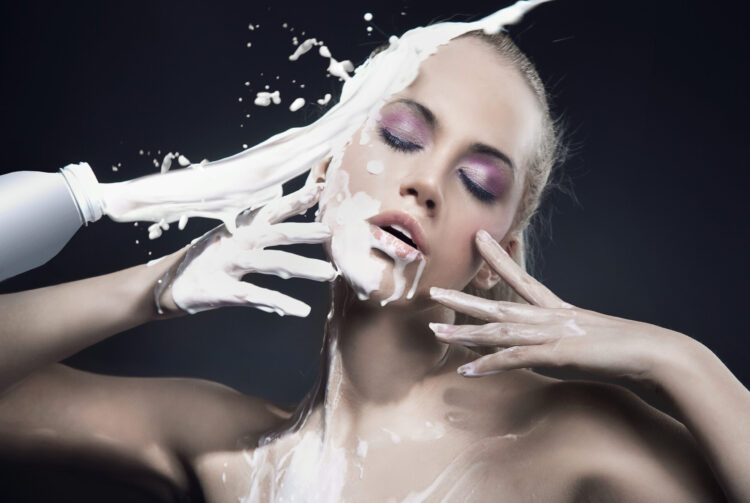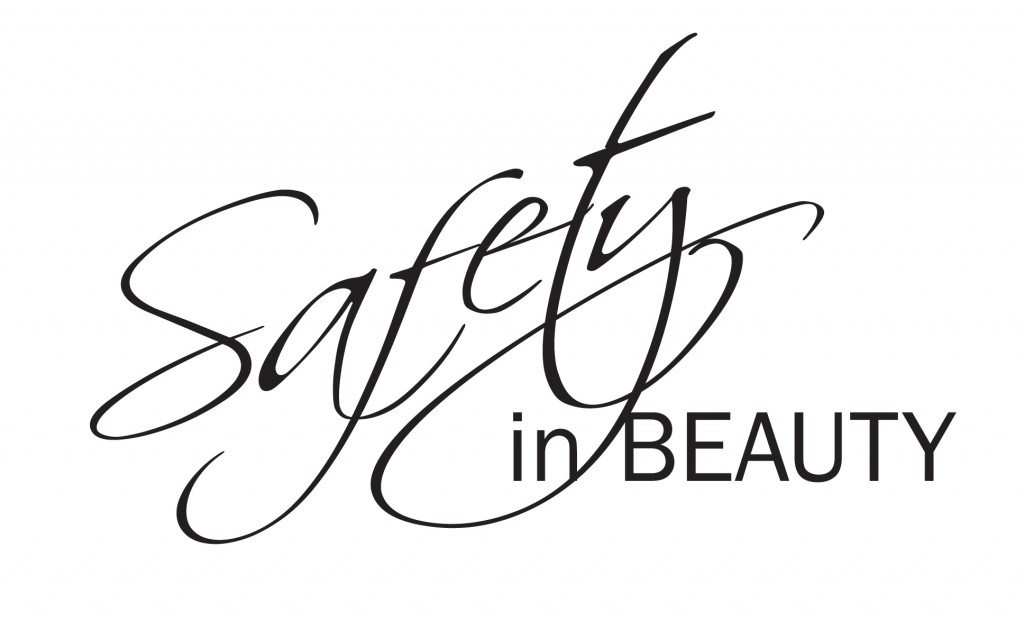 Hidden Hormone Disruptors in Your Beauty Routine: What You Need to Know
Hidden Hormone Disruptors in Your Beauty Routine: What You Need to Know
In today’s beauty-obsessed world, we’re bombarded with products promising flawless skin, anti-ageing miracles, and instant glow-ups. But what many people don’t realise is that some of these beauty buys may come with a hidden cost: your hormonal health.
According to a recent expert interview published by Medscape (2025), many over-the-counter cosmetics contain endocrine-disrupting chemicals (EDCs)—ingredients that may interfere with your body’s hormone systems, particularly risky for pregnant people, teens, and children.
At Safety in Beauty, we believe informed choices empower safer beauty. So here’s what you need to know—and how to protect yourself.
What Are Endocrine Disruptors?
Endocrine disruptors are substances that can mimic or block your body’s natural hormones. They may alter the function of organs like your thyroid, ovaries, or brain—and are linked to:
- Fertility issues and reproductive system disorders
- Early puberty
- Thyroid dysfunction
- Increased risk of certain cancers
- Neurodevelopmental issues in children
- Metabolic problems like obesity and diabetes
Beauty Products That May Contain Them
These are some of the ingredients flagged in beauty aisles that raise concern:
- Triclosan -An antibacterial used in soaps, deodorants, and even toothpaste. Linked to thyroid hormone disruption and potential neurotoxicity.
- Banned or restricted in some regions: Salicylic Acid -A staple in acne-fighting products and peels.
- Banned in children’s products in Denmark due to potential hormonal effects: BHA (Butylated hydroxyanisole) and BHT (Butylated hydroxytoluene) Used as preservatives in moisturisers and lipsticks. Suspected to act like estrogen and impact reproductive development.
- UV Filters (e.g. Octocrylene, Benzophenone-3, Homosalate) Found in chemical sunscreens. Associated with hormonal disruption and environmental toxicity (e.g., coral reef bleaching).
- Lavender & Tea Tree Oil. Though natural, these oils have been shown in some studies to act as weak endocrine disruptors, especially with long-term use in children.
Who Is Most at Risk?
The most vulnerable populations are:
- Pregnant people, especially during the first 1,000 days from conception
- Children and adolescents under age 15, due to developing hormonal and neurological systems
- Experts now recommend “cosmetic minimalism”—using fewer, safer products and focusing only on what’s essential.
Safety in Beauty Tips: How to Protect Yourself
- Simplify your routine – Stick to essential products only.
- Read the labels – Watch for parabens, phthalates, triclosan, and other flagged ingredients.
- Use clean beauty apps – INCI Beauty, Yuka, and Quel Produit let you scan and score products instantly.
- Choose safer packaging – Opt for glass over plastic to avoid leaching chemicals like BPA.
- Avoid DIY pitfalls – Home-made skincare stored in plastic can still leach harmful substances.
- Switch to mineral sunscreens – Non-nano zinc oxide and titanium dioxide are safer alternatives.
- The Safer Sunscreen Question: Chemical sunscreens can contain EDCs. But skipping sun protection altogether is not the answer. Instead, look for reef-safe, mineral-based sunscreens with non-nano zinc oxide or titanium dioxide—effective and far less disruptive.
Reference Summary
Medscape (2025) – Endocrine Disruptors Lurking in Beauty Aisles, an expert overview on hormonal risks from cosmetic products.
INCI Beauty, Yuka, Quel Produit – Apps for scanning and evaluating cosmetic product safety.
NRDC (Natural Resources Defense Council) – Advocacy and education on hormone disruptors in daily life.
Byrdie – Article on beauty products and fertility, spotlighting chemical concerns.
EWG (Environmental Working Group) – Database and research hub on clean and non-toxic products.
Wikipedia & Scientific Literature – For foundational information on endocrine disruption mechanisms.
Final Thoughts from Safety in Beauty
The cosmetics industry is slowly catching up with the science—but until regulation tightens, awareness is your best defence. Choose fewer, safer products. Educate yourself about ingredients. And most importantly, protect the most vulnerable—your children, your pregnancy, and your peace of mind.
Have a product you’re unsure about? Contact Safety in Beauty for a free ingredient safety check.
